-
 bitcoin
bitcoin $109667.069529 USD
-3.03% -
 ethereum
ethereum $3936.685804 USD
-4.07% -
 tether
tether $1.000493 USD
0.01% -
 xrp
xrp $2.771823 USD
-4.74% -
 bnb
bnb $957.805027 USD
-5.34% -
 solana
solana $196.735100 USD
-6.68% -
 usd-coin
usd-coin $0.999727 USD
-0.01% -
 dogecoin
dogecoin $0.227355 USD
-5.12% -
 tron
tron $0.335205 USD
-0.81% -
 cardano
cardano $0.779256 USD
-3.59% -
 ethena-usde
ethena-usde $0.999900 USD
-0.06% -
 hyperliquid
hyperliquid $42.492095 USD
-6.61% -
 chainlink
chainlink $20.501853 USD
-4.34% -
 avalanche
avalanche $28.952606 USD
-11.21% -
 stellar
stellar $0.356038 USD
-3.93%
What is zero-knowledge proof circuit of blockchain? How to build it?
ZKP circuits enhance blockchain privacy by allowing transaction verification without revealing sensitive data, crucial for cryptocurrencies like Zcash and Ethereum's zk-Rollups.
Apr 28, 2025 at 02:21 pm
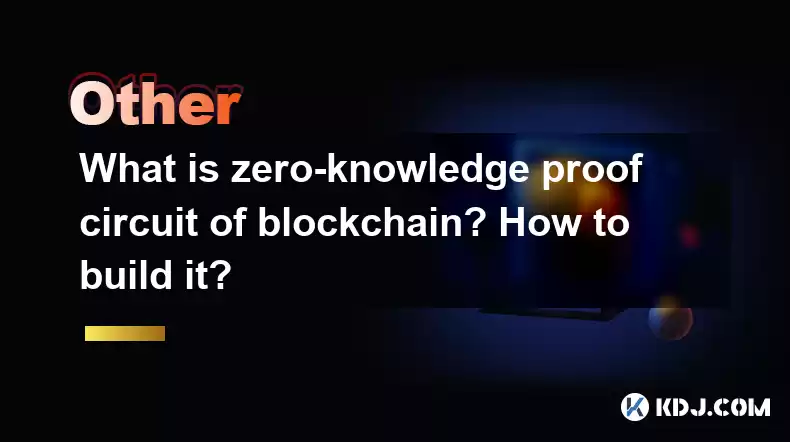
Introduction to Zero-Knowledge Proof Circuits in Blockchain
Zero-knowledge proof (ZKP) circuits are a critical component of privacy-enhancing technologies in blockchain systems. They enable one party to prove to another that a given statement is true, without revealing any information beyond the validity of the statement itself. In the context of blockchain, ZKPs are used to enhance transaction privacy and security, allowing users to verify transactions without disclosing sensitive data.
Understanding Zero-Knowledge Proofs
At its core, a zero-knowledge proof is a method by which one party (the prover) can prove to another party (the verifier) that they know a value x, without conveying any information apart from the fact that they know the value x. This is particularly useful in blockchain for ensuring transaction integrity and privacy. For example, a user can prove they have the funds to execute a transaction without revealing their total balance.
Components of a Zero-Knowledge Proof Circuit
A ZKP circuit consists of several key components:
- Input: The data that the prover uses to generate the proof.
- Witness: The secret information known only to the prover.
- Circuit: A set of logical operations that transform the input and witness into an output.
- Output: The result of the circuit's computation, which the verifier checks against the proof.
Understanding these components is crucial for building a ZKP circuit, as each plays a vital role in ensuring the proof's validity and security.
Building a Zero-Knowledge Proof Circuit
Building a ZKP circuit involves several detailed steps. Here’s how you can construct one:
- Define the Problem: Clearly articulate the statement you want to prove. For instance, proving that you know a private key without revealing it.
- Design the Circuit: Use a circuit design tool like Circom or zk-SNARKs to model the logical operations needed to prove the statement. This involves defining the input, witness, and output.
- Implement the Circuit: Write the circuit in a compatible programming language. For example, if using Circom, you would write a
.circomfile to define the circuit's logic. - Generate the Proof: Use a ZKP library to generate the proof. This typically involves compiling the circuit and running it with the input and witness.
- Verify the Proof: The verifier uses a separate program to check the proof against the public input and output. If the proof is valid, the verifier is convinced of the statement's truth without learning the secret information.
Practical Example: Building a Simple ZKP Circuit
Let's walk through a practical example of building a simple ZKP circuit to prove knowledge of a secret number:
- Define the Problem: You want to prove that you know a number
xsuch thatx^2 = y, whereyis public. - Design the Circuit: Create a circuit that takes
xas the witness andyas the input, and outputs whetherx^2equalsy. - Implement the Circuit: Using Circom, you might write the following:
template SquareCircuit() {
signal input x;
signal input y;
signal output out;
out
}
component main = SquareCircuit();
- Generate the Proof: Compile the circuit using the Circom compiler, and then use a ZKP library like SnarkJS to generate the proof:
circom square.circom -o square.jsonsnarkjs setup square.jsonsnarkjs calculatewitness square.json square.wtnssnarkjs proof square.zkey square.wtns square.proof square.public- Verify the Proof: Use SnarkJS to verify the proof:
snarkjs verify square.vkey square.public square.proofThis example illustrates the basic steps required to build and verify a ZKP circuit.
Challenges and Considerations in ZKP Circuit Design
Building ZKP circuits is not without its challenges. Key considerations include the complexity of the circuit, which affects the proof generation and verification time, and the security of the underlying cryptographic algorithms. Additionally, ensuring the correctness of the circuit is crucial, as any error can lead to invalid proofs or security vulnerabilities.
Applications of Zero-Knowledge Proof Circuits in Blockchain
ZKP circuits have numerous applications in blockchain technology. They are used in privacy-focused cryptocurrencies like Zcash to enable shielded transactions, where the transaction details are hidden from the public ledger. Ethereum's zk-Rollups use ZKP circuits to batch multiple transactions into a single proof, improving scalability and reducing transaction costs. Identity verification on blockchain platforms can also leverage ZKPs to prove identity without revealing personal information.
Frequently Asked Questions
Q: Can ZKP circuits be used for any type of blockchain transaction?A: ZKP circuits are versatile and can be used for various types of transactions, but their implementation depends on the specific requirements of the blockchain. For instance, they are particularly useful for privacy-preserving transactions but might not be necessary for public, transparent transactions.
Q: How does the complexity of a ZKP circuit affect its performance?A: The complexity of a ZKP circuit directly impacts its performance. More complex circuits require more computational resources for proof generation and verification, which can lead to longer processing times and higher energy consumption.
Q: Are there any known vulnerabilities in ZKP circuits?A: While ZKP circuits are designed to be secure, vulnerabilities can arise from implementation errors or weaknesses in the underlying cryptographic algorithms. Regular audits and updates are necessary to maintain the security of ZKP circuits.
Q: Can ZKP circuits be integrated with existing blockchain platforms?A: Yes, ZKP circuits can be integrated with existing blockchain platforms, but this often requires modifications to the platform's protocol and consensus mechanisms. Projects like Ethereum have already started integrating ZKP technologies through solutions like zk-Rollups.
Disclaimer:info@kdj.com
The information provided is not trading advice. kdj.com does not assume any responsibility for any investments made based on the information provided in this article. Cryptocurrencies are highly volatile and it is highly recommended that you invest with caution after thorough research!
If you believe that the content used on this website infringes your copyright, please contact us immediately (info@kdj.com) and we will delete it promptly.
- Serie A Fantasy Football: Round 25 - Your Winning Picks!
- 2025-09-26 22:25:13
- Ethereum Liquidations & MAGAX Presale: Navigating Crypto's Choppy Waters
- 2025-09-26 22:25:13
- BlockchainFX: Why Whales Are Diving into This Crypto Presale
- 2025-09-26 22:30:01
- BNB, Hyperliquid, BlockchainFX: Navigating the Crypto Landscape in 2025
- 2025-09-26 22:30:01
- MIRA Price Surges Amid Binance Campaign and Mainnet Launch: What's the Buzz?
- 2025-09-26 22:30:01
- Cipher Mining, Convertible Notes, and Prices: Decoding the Crypto Landscape
- 2025-09-26 22:30:15
Related knowledge

What is a token economy?
Sep 20,2025 at 12:18am
Understanding the Foundations of a Token Economy1. A token economy in the context of cryptocurrency refers to a system where digital tokens are used a...
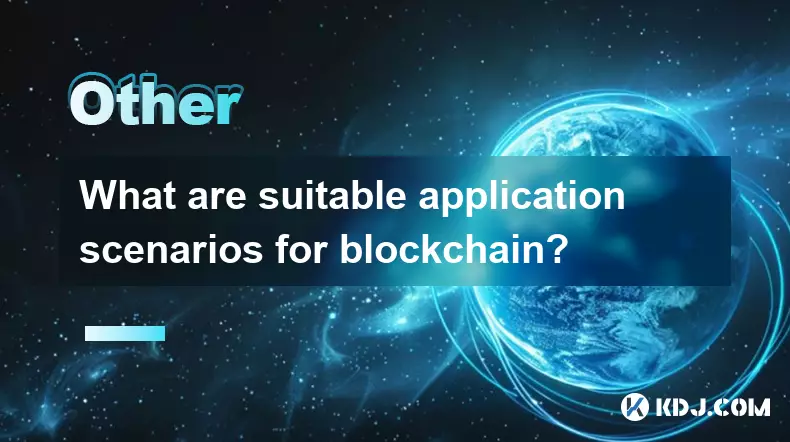
What are suitable application scenarios for blockchain?
Sep 20,2025 at 03:19am
Decentralized Finance (DeFi) Platforms1. Blockchain enables the creation of financial services without centralized intermediaries, allowing users to l...
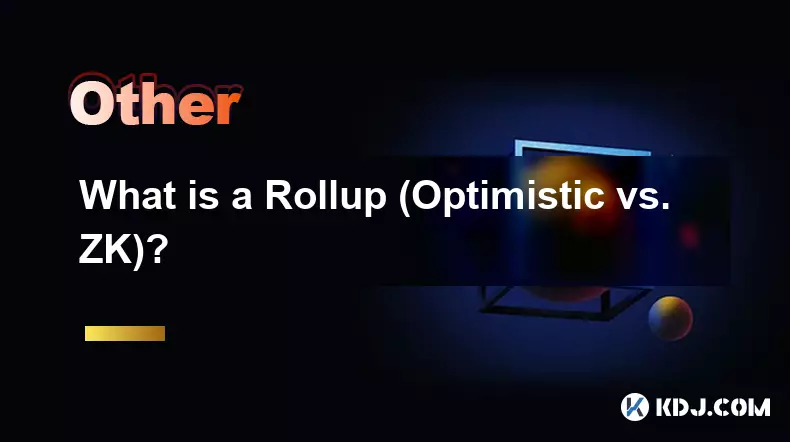
What is a Rollup (Optimistic vs. ZK)?
Sep 22,2025 at 03:00pm
Understanding Rollups in Blockchain Technology1. Rollups are layer-2 scaling solutions designed to increase transaction throughput on blockchains like...
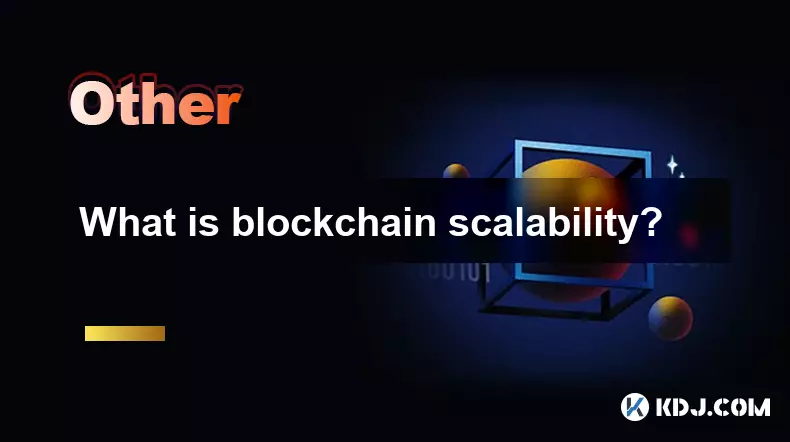
What is blockchain scalability?
Sep 19,2025 at 06:18am
Understanding Blockchain Scalability1. Blockchain scalability refers to a network's ability to handle an increasing number of transactions without com...
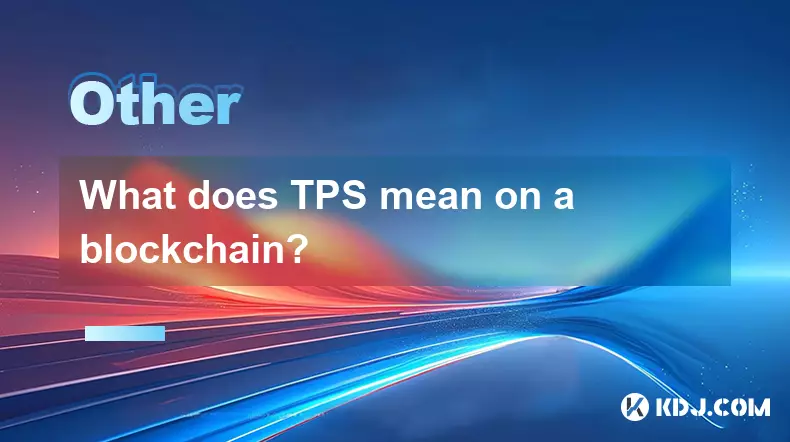
What does TPS mean on a blockchain?
Sep 21,2025 at 09:54am
Understanding TPS in Blockchain Technology1. TPS stands for Transactions Per Second, a metric used to measure the number of transactions a blockchain ...
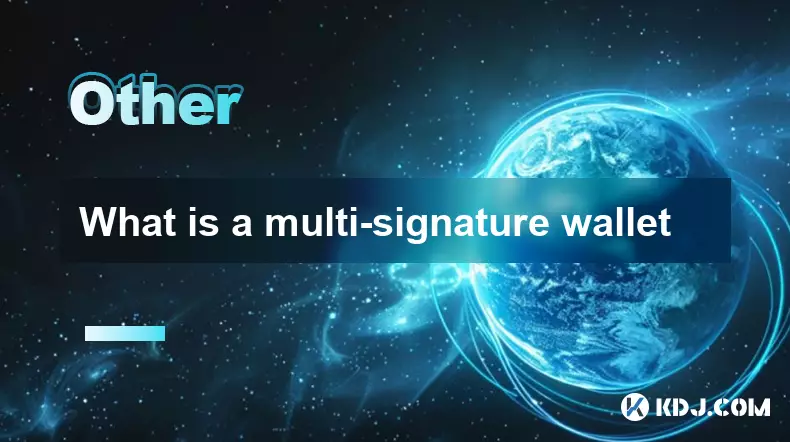
What is a multi-signature wallet
Sep 20,2025 at 07:00am
Understanding Multi-Signature Wallets in Cryptocurrency1. A multi-signature wallet, often referred to as a multisig wallet, is a type of cryptocurrenc...

What is a token economy?
Sep 20,2025 at 12:18am
Understanding the Foundations of a Token Economy1. A token economy in the context of cryptocurrency refers to a system where digital tokens are used a...

What are suitable application scenarios for blockchain?
Sep 20,2025 at 03:19am
Decentralized Finance (DeFi) Platforms1. Blockchain enables the creation of financial services without centralized intermediaries, allowing users to l...

What is a Rollup (Optimistic vs. ZK)?
Sep 22,2025 at 03:00pm
Understanding Rollups in Blockchain Technology1. Rollups are layer-2 scaling solutions designed to increase transaction throughput on blockchains like...

What is blockchain scalability?
Sep 19,2025 at 06:18am
Understanding Blockchain Scalability1. Blockchain scalability refers to a network's ability to handle an increasing number of transactions without com...

What does TPS mean on a blockchain?
Sep 21,2025 at 09:54am
Understanding TPS in Blockchain Technology1. TPS stands for Transactions Per Second, a metric used to measure the number of transactions a blockchain ...

What is a multi-signature wallet
Sep 20,2025 at 07:00am
Understanding Multi-Signature Wallets in Cryptocurrency1. A multi-signature wallet, often referred to as a multisig wallet, is a type of cryptocurrenc...
See all articles










































































